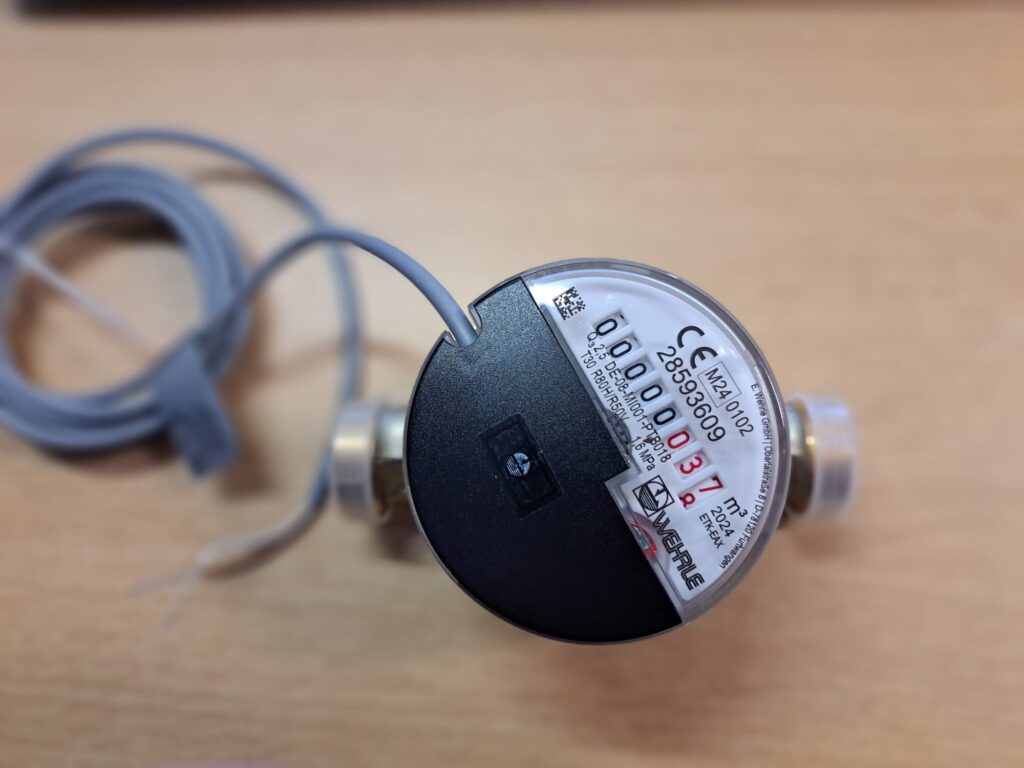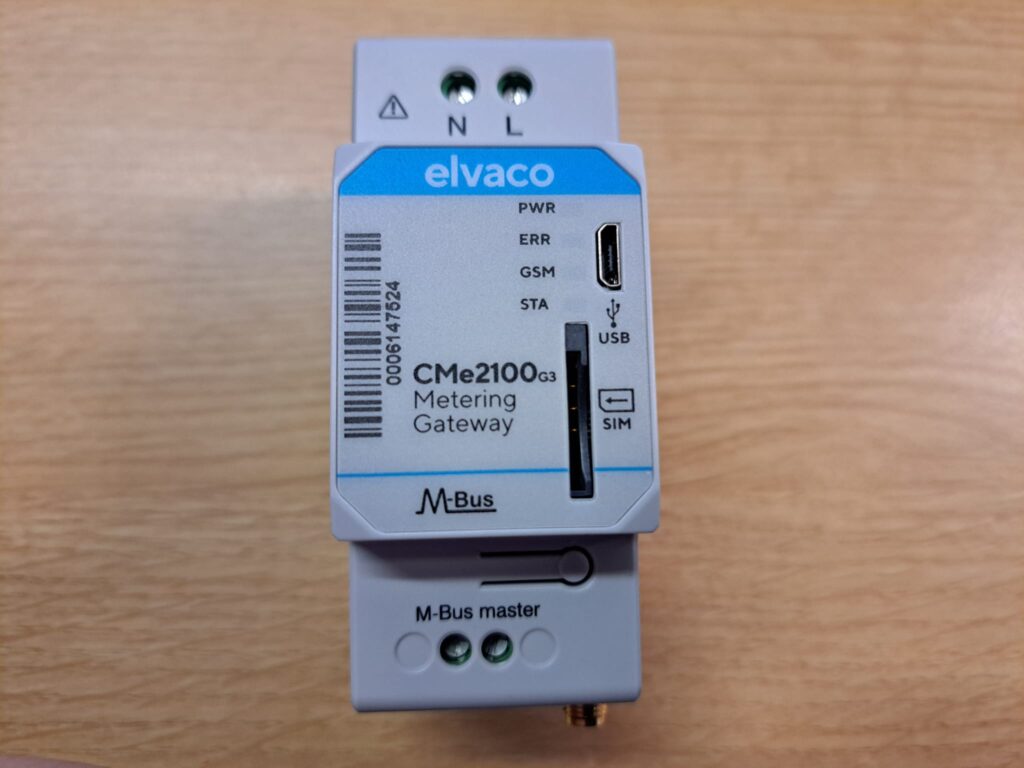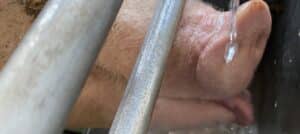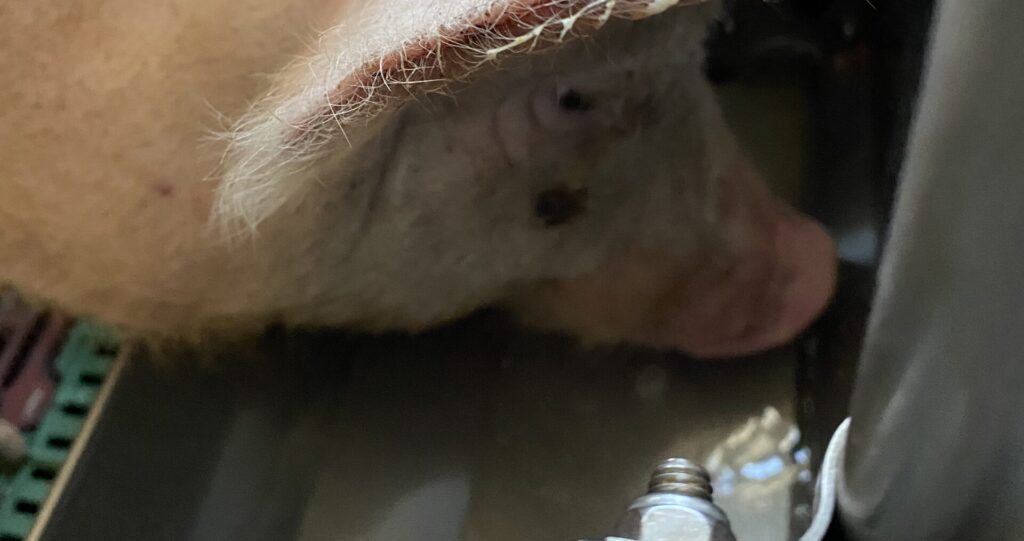In the 'WAVE' project, several Flemish knowledge and practice centres join forces to collect representative figures on water consumption in livestock farming and derive knowledge and applications for livestock farmers. Concrete figures are lacking and to cope with periods of water scarcity in the future, water saving and conversion to alternative water sources will have to be implemented wherever possible.
In practice
During the first phase (2023-2025) of 'WAVE', intensive measurement campaigns were launched in pig, poultry and cattle farming.
PVL monitors drinking water consumption at four pig farmers by installing smart water meters. The water meters are placed per department and the pig farmers provide us with important information, such as animal numbers, production figures and feed intake. In this way, we get answers to questions per animal category in relation to productivity, such as:
- What does a pregnant sow drink per day?
- What does a sow with piglets drink per day?
- What does a porker drink per day?
- What does a piglet drink per day?
- What is the correlation between feed intake and water intake?

Each smart water meter is connected by a cable to a data logger. The data logger receives the water level of the respective water meter every minute and transmits this level to an online platform. Through this platform, we have insight into the water consumption of each water meter at all times.

Project status June 2025
WAVE has now entered the second phase (2023-2025) of the project. This phase focuses on mapping water consumption used as cleaning water (barn cleaning, milking installation, etc.) and water used for cooling systems (atomisation, etc.). Several farms per sector are currently being monitored.
PVL records the water consumption of different processes on several pig farms by installing smart water meters. When selecting farms, the different types of farms and different cleaning methods were taken into account. For example, for dairy farms, both farms with classic milking systems and those with milking robots are sought. Besides cleaning water, during periods of heat stress on different farms, water consumption will be measured for different cooling systems of barns and/or animals. Again, the aim is to monitor as many different systems as possible.
From the intensive measurement campaigns of 'WAVE' will come representative figures to support Flemish livestock farming. The figures can then be used in four areas:
- Estimate water demand per farm and per water consumption item
- Based on water demand, explore options for an appropriate alternative water source or combination of water sources
- Monitor switching to alternative water sources so that abnormal drinking behaviour can be detected more quickly.
- Judging where and how water saving is possible especially in terms of cleaning water and how an alternative water source can be used as cleaning water without further treatment (and therefore cost).



